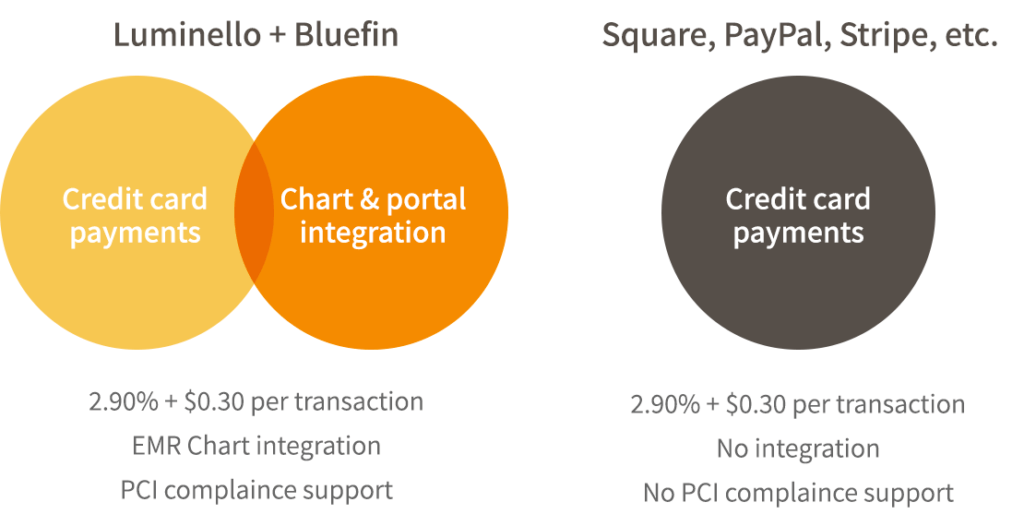Telepsychiatry is a broad term. In this article I will use it to refer to mental health treatment provided via video chat (such as FaceTime or Skype), where clinicians and patients are in non-clinical settings (such as their homes).
Our professional code of ethics is the same whether we treat patients in person or via video chat. However, nuances specific to the practice of telepsychiatry merit consideration. Here we will explore some examples to inspire thought.
First, however, be sure to follow any policies and procedures regarding telemedicine established by the hospital or clinic where you work.
Issues Regarding Informed Consent
Imagine that a patient has an appointment with you. He takes time off from work. He drives around the streets looking for parking. Unsuccessful, he gives up and pays the $2 to park in the medical center lot. He trudges through the rain and waits in line to register for his appointment. The woman ahead of him is his son’s piano teacher. They both nod awkwardly in discrete recognition of one another. The wait feels like an eternity.
Now, imagine instead that after work, your patient logs onto his computer from the privacy of his own home. And voila, you appear before him, ready to engage in a video-based treatment session.
The first scenario represents the traditional standard of care. But is that necessarily the best way to provide care? Which experience would you choose for yourself? Which would be most therapeutic for someone unable to drive due to a disabling psychiatric condition or physical disability?
While video-based treatment sessions might sound ideal, it is important to ensure that patients weigh the benefits against the potential disadvantages.
First, there may be technical difficulties. A video chat may be marred by a slight but perceptible audio delay. A connection could be lost after a patient shares thoughts that life is not worth living. And, attempts to reconnect may be unsuccessful.
Second, there are new privacy concerns. A patient’s family member can barge into their room during a session. A spouse could eavesdrop. Perhaps someone could hack into an encrypted video chat.
Third, there may be patient access issues. The technological advances that make video-based treatment a possibility also enable providers to treat patients who reside in a different time zone. Your availability may be limited as a result. It is important to ensure that sufficient routine and emergency coverage policies are in place to compensate for this variable.
Discussing factors such as access to care, convenience, time management, privacy, and technological failures, and making sure your patient understands them, is fundamental to obtaining informed consent for treatment via telepsychiatry.
Maintaining Professionalism
Telepsychiatry also introduces new dynamics related to professionalism and the patient/provider relationship.
For instance, your tendency is to look a patient in the eyes, but if you peer straight at your patient’s eyes on the computer screen, from her perspective you then appear to gaze downward. Looking upward, into the camera, seems more like eye contact from her end. Establishing rapport is every bit as important with video chats as it is in face-to-face care. A good rule of thumb is to look at the camera every 10 seconds—in the same way that you look in your car’s rearview mirror while also allowing sufficient time for observation of the road ahead.
During a video therapy session, the patient casually sips her coffee. Her cat lazes on the couch behind her. “So, how have you been doing?” you, the clinician, ask. For a moment, you sound as if you could be FaceTiming with your mother. You bring your leg up into a position you would never use while sitting with a patient at the clinic.
Becoming aware of this, you consciously lower your foot to the floor and assume a more reserved tone of voice reflective of the diplomas mounted on the wall behind you as a backdrop for these telepsychiatry sessions.
There is a unique relationship that results when we work out of our homes with patients who invite us into their homes—even if only through the lens of a camera. Clinicians and patients alike may tend towards more informal communication styles. Patients with some mental health conditions (such as anxiety disorders) may be more comfortable engaging remotely than in person. Vulnerability to (counter)transference may be heightened. It is the clinician’s responsibility to manage the therapeutic process appropriately.
Mindfulness of subtle shifts in dimensions including attire, body language, posture, tone of voice, professional boundaries, rapport, and transference and countertransference can help you to maintain ethical online relationships with patients.
Safety Issues
Clinicians practicing telepsychiatry out of their homes may experience a perceived loss of control over the clinical interaction. What if a patient took out a razor blade and began cutting herself during your session? What if a patient with delusions about computers involved you in his delusional network? What happens now when you can’t smell alcohol on a patient’s breath the way you would during a face-to-face interaction? How would you involuntarily hospitalize someone?
It is vital to develop clear protocols for managing safety concerns from afar, such as collecting the patient’s address and phone number, knowing how to contact emergency personnel local to the patient, and addressing contraindications to continuing telepsychiatry treatment with the patient as they arise. Would you become complacently less conservative in your management of distressing affects or threatening behaviors because you feel safer with a digital buffer zone?
Licensure Issues
Imagine that a client has been seeing you for therapy for nearly a decade. Now, she plans on retiring from the northeast to Florida. She wants you to continue to work with her through this major life transition. During your next session, your client wonders aloud if you might continue to treat her via telepsychiatry after her move.
Unfortunately, it’s likely you cannot. The United States does not have a national licensure system. Each state is responsible for protecting the health of its citizens, and health care providers must be licensed in each state where care is provided. The state where care is provided has been defined as the state where the patient or client is located. So, as a general rule, you would have to be licensed in Florida in order to continue providing treatment. However, there are state specific regulations and exceptions to this rule. Check with your state’s licensing board to be sure.
Helpful Guidelines for Practicing Telemedicine
The following are guidelines that can help mental health professionals with some of the ethical questions that can arise when practicing telemedicine.
The American Telemedicine Association’s Practice Guidelines for Video-Based Online Mental Health Services cover the provision of mental health services by a licensed healthcare professional when using real-time videoconferencing services via the Internet. They are available at http://bit.ly/1lHVSgw
You can also find the association’s Evidence-Based Practice for Telemental Health at http://bit.ly/1lHWdQd. The document includes best practice recommendations for two-way, interactive videoconferencing between mental health providers and clients and patients.
The Royal Australia and New Zealand College of Psychiatrists has comprehensive guidelines for telepsychiatry that mental health professionals may find useful. You can access those at http://bit.ly/1rK1kp1.
For a full list of references click here.
Source: We thank The Carlat Psychiatry Report for allowing us to re-post this article. Luminello subscribers get a discount on The Carlat Report newsletters, books, CME credit opportunities, and ABPN Maintenance of Certification courses. Learn more


